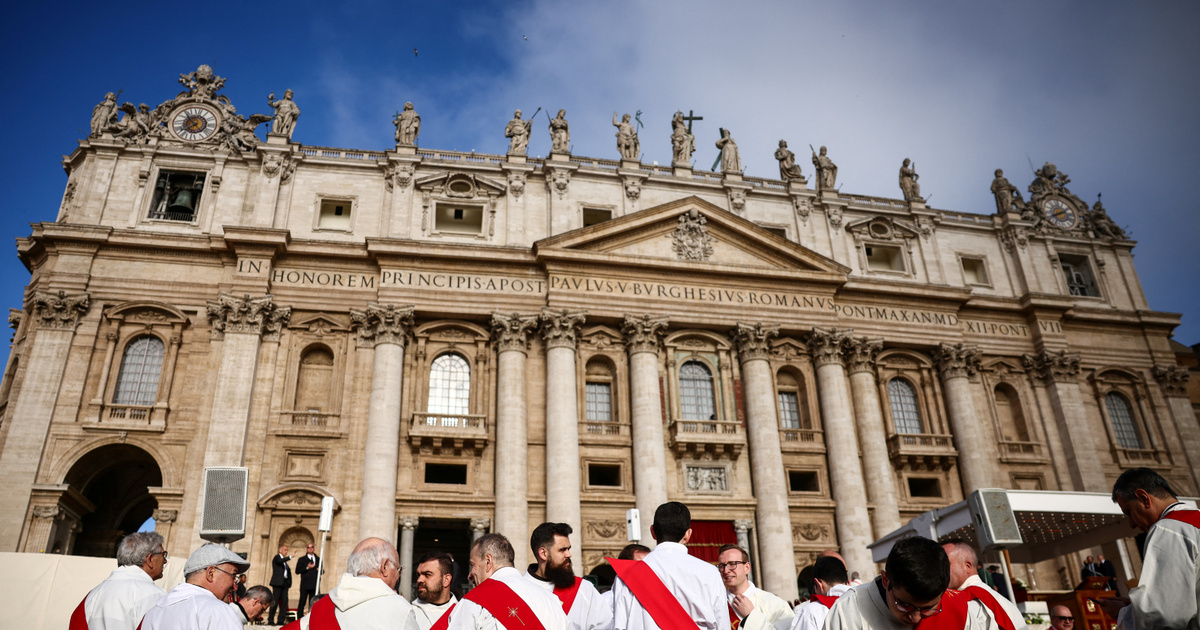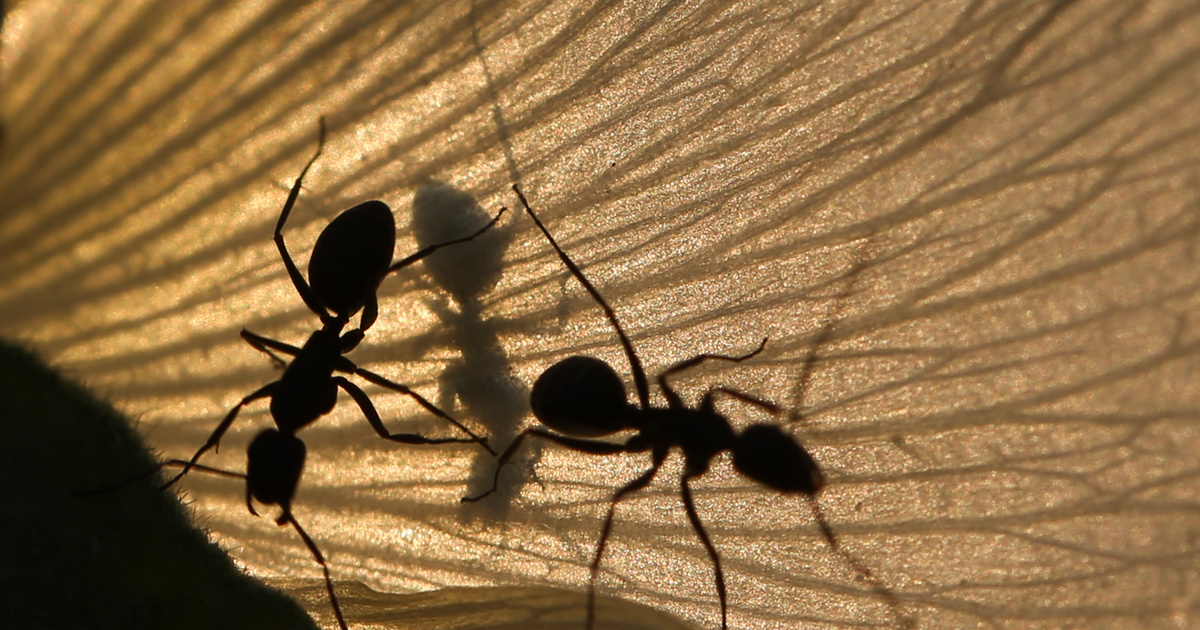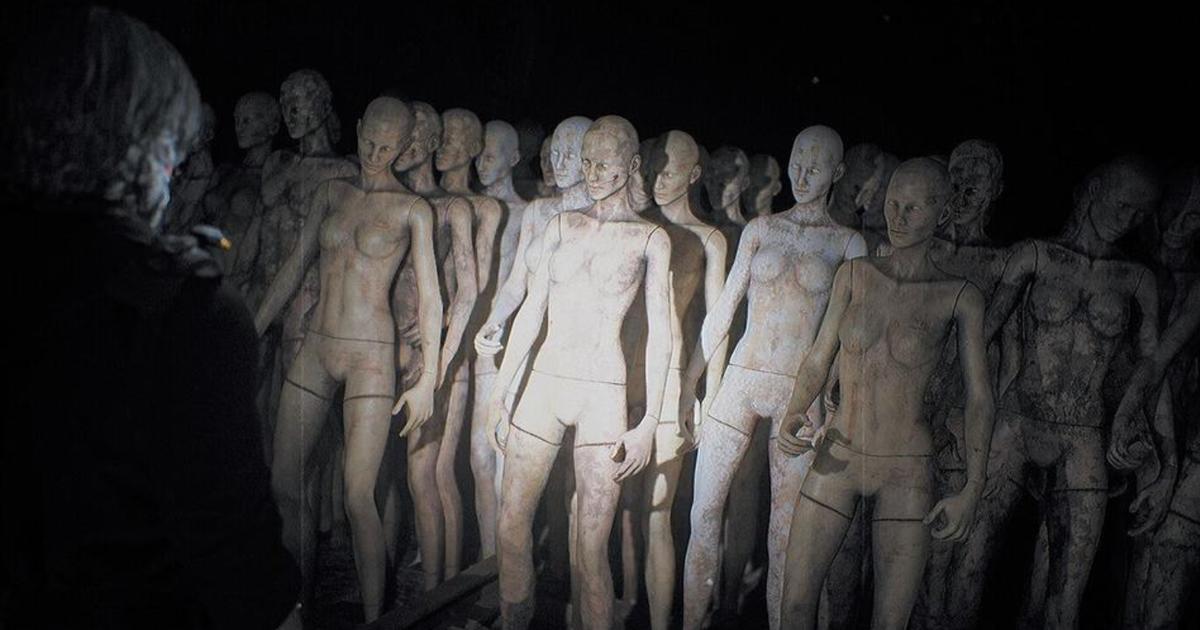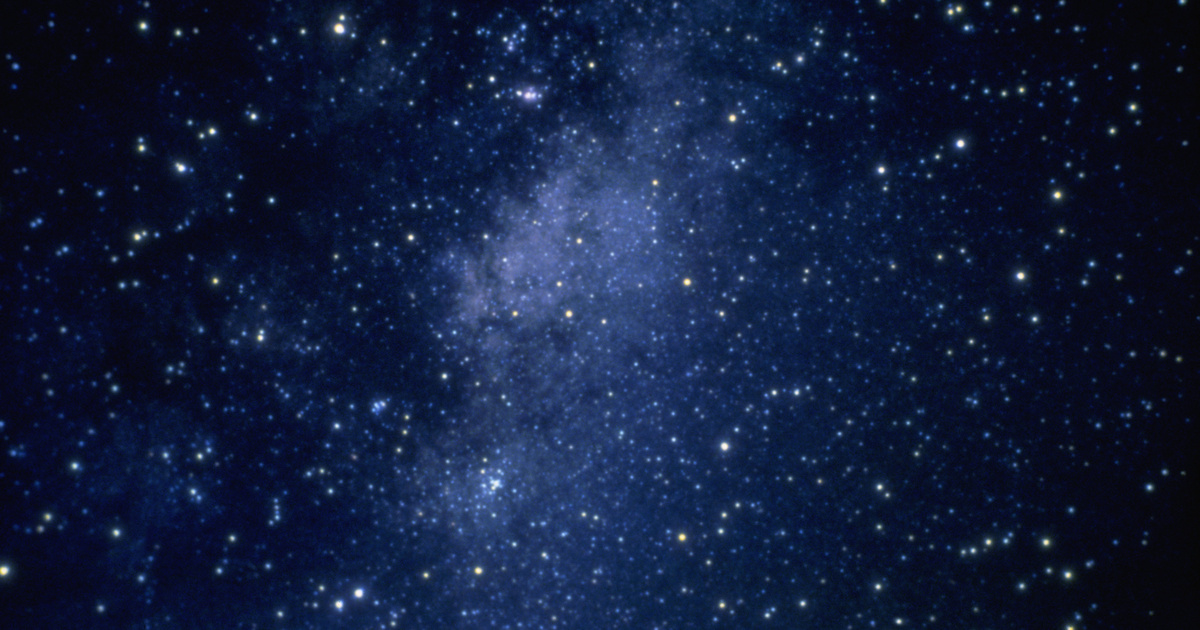In English, planets without a star are called rogue orphans, but be careful, they should not be confused with Rogue One, known from the 2016 Star Wars saga. Many of these orphan planets are hidden in the universe, and their abbreviation is FFP (Free Floating Planets). There are Jupiter-sized pairs among them, which are JuMBOs, that is, “Jupiter-mass binary objects.” They have steam and methane in their atmosphere, and are the size of Jupiter, but they can hardly be called planets because they do not have a parent star.
Astronomers saw FFPs for the first time in more than 20 years using an infrared telescope in Hawaii. Hundreds of these orphan planets have been discovered since then, but last year was the largest feeling More than 500 floating planets have been found in the Orion Nebula, the star-forming region closest to Earth. 80 pairs of planets orbiting each other have been discovered.
They are dragged away
It is a mystery how these free planets form, such as gas giant JuMBOs, which cool down quickly because they do not have a parent star and cool completely after a while. Clouds of gas and dust may collapse under their own gravity, forming planets. Another theory is that the gravitational force of a large star pulls planets away from their parent planets.
Dong Lai is an astrophysicist at Cornell University and lead author of the new study, also published in Live Science. Collaborating with Fangyuan Yu, a student at Shanghai Jiao Tong University in China, he created tens of thousands of planetary system simulations that included a pair of Jupiter-mass planets. They orbited a sun-like star.
In each simulation, the researchers reconstructed what a star of the same size would do to another star as it passed nearby, and calculated the percentage by which it deviated from its orbit. Several factors, such as the mass of the planets, their relative distance, and the speed of the escaping star relative to the parent star, were manipulated to see how these factors affect the frequency with which massive objects are ejected.
They found that massive objects were likely to form when the planets were initially orbiting close together and were much larger than Jupiter.
But the chance of the double planets being ejected at the same time is very small, less than 1%.
Change paths
In contrast, solitary objects form when a star passes too close to them. According to Lee, it is possible that the free-floating planets in the Orion Nebula formed in this way. The simulations also showed that these isolated planets change, as their initially circular orbits become elliptical.
Lai and Yu's preliminary study, which has not yet been approved, also suggests that “cloud collapse.” model Make it a more likely explanation for the formation of JuMBOs. Accordingly, when a cloud collapses, for example, due to a shock wave, rapid internal motions develop and soon lead to the formation of an optically thick primary core. This central core is supported primarily by the thermal pressure of molecular hydrogen gas. Once the core temperature reaches 2000 K, thermal energy is transferred to the dissociation of hydrogen molecules, reducing the thermal stress and leading to a second collapse phase, during which the first core disappears and the final second core is formed in the center. This core accumulates mass from the outflowing cloud. However, in the presence of a rotation or magnetic field, the collapsing cloud flattens and may then split into two or more protostars.
The results of Lie's simulations can be used to understand what happens to planetary systems in dense star clusters, and can also be used to identify special planetary systems.














































